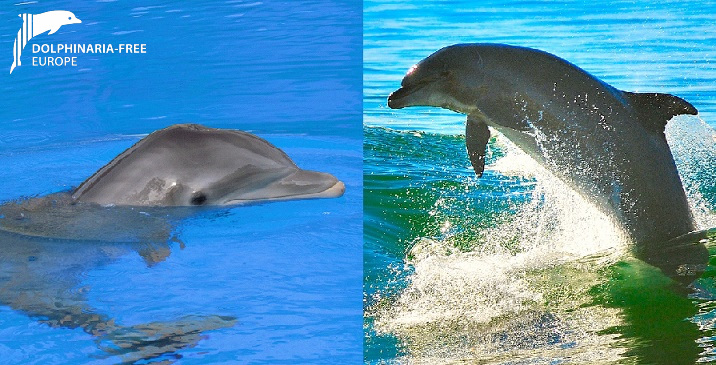
A new study just published in Marine Mammal Science by Kelly Jaakkola of Dolphin Research Center and Kevin Willis of Minnesota Zoo, compares survival rates and life expectancies for bottlenose dolphins in zoological facilities -v- wild populations.
The study claims that “Survival rates and life expectancies for dolphins in US zoological facilities today are at least as high as those for the wild dolphin populations for which there is comparable data.” This raises the question if, as the public display industry claims, their animals receive the best food, veterinary care and treatment and are removed from threats which their counterparts in the wild face, why are survival rates in captivity not significantly higher than in the wild?
With dolphins and whales in captivity showing signs of stress-related diseases, aggression, abnormal stereotypical behaviour (including gnawing on rails, tank walls/sides and even self-mutilation), it is apparent that evidence of survival does not equal evidence of good welfare or indeed, that facilities are able to adequately meet the complex needs of these marine mammals.

